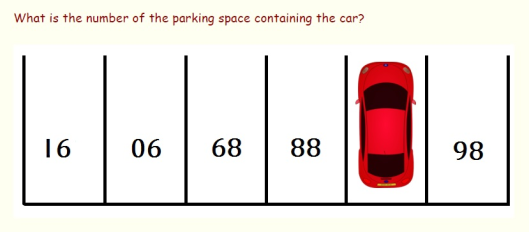Tags
follow the child, following the child, loris malaguzzi, Maria Montessori, montessori, Montessori education, montessori materials, reggio emilia
 As a Montessori teacher, parent or someone affiliated with Montessori education, one often hears the phrase, “Follow the child.” Searching for this quote from Maria Montessori’s writings is challenging. However, her peer Loris Malaguzzi, founder of the Reggio Emilia approach to education, stated clearly that “the teachers follow the children, not plans.” Learning is paramount; teachers are guided by the students.
As a Montessori teacher, parent or someone affiliated with Montessori education, one often hears the phrase, “Follow the child.” Searching for this quote from Maria Montessori’s writings is challenging. However, her peer Loris Malaguzzi, founder of the Reggio Emilia approach to education, stated clearly that “the teachers follow the children, not plans.” Learning is paramount; teachers are guided by the students.
Each student approaches the materials on the shelves, the lessons and the learning process in different ways. Some meet a challenge head on, yearning for more. Others sit back and watch, while still others work together, talk about what they’re doing, experiment and do things in an entirely different way. There are as many ways to approach student work as there are materials in the classroom. It is the teacher’s job to see how students do their work and where the areas of understanding meet those of confusion. Following the child supports the children where they are in their learning while offering new lessons and materials to move them further along. Children lead; we provide the conditions for learning, serving them and their quest for knowledge.


 At Wilmington Montessori School, we take pride in the quality of the education we offer at all levels. Following the Montessori Method allows us to establish classroom practices that support exploration and learning for all children. The prepared environment is set up for children to succeed. They are gradually introduced to each item on the shelves and how they are used. The social environment is safe and welcoming; children learn to care for each other through positive interactions as well as the predictable challenges that occur while building relationships and sharing spaces.
At Wilmington Montessori School, we take pride in the quality of the education we offer at all levels. Following the Montessori Method allows us to establish classroom practices that support exploration and learning for all children. The prepared environment is set up for children to succeed. They are gradually introduced to each item on the shelves and how they are used. The social environment is safe and welcoming; children learn to care for each other through positive interactions as well as the predictable challenges that occur while building relationships and sharing spaces.  I came across this puzzle the other day and found myself running through all of the strategies I use to figure out math puzzles. I am generally good at these types of puzzles and knew I could figure it out. I added, subtracted, multiplied, divided, squared numbers, etc. I knew the solution was obvious, but still I couldn’t find the answer. I ended up “cheating” and looking at the answer that was provided. The interesting part of this puzzle was not that it was challenging or that I couldn’t come up with the right answer. I love a challenge. It was that I applied tried and true strategies and they simply didn’t work. The answer* was simple…very simple.
I came across this puzzle the other day and found myself running through all of the strategies I use to figure out math puzzles. I am generally good at these types of puzzles and knew I could figure it out. I added, subtracted, multiplied, divided, squared numbers, etc. I knew the solution was obvious, but still I couldn’t find the answer. I ended up “cheating” and looking at the answer that was provided. The interesting part of this puzzle was not that it was challenging or that I couldn’t come up with the right answer. I love a challenge. It was that I applied tried and true strategies and they simply didn’t work. The answer* was simple…very simple. 